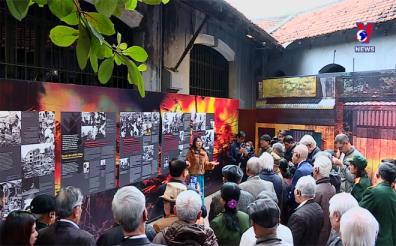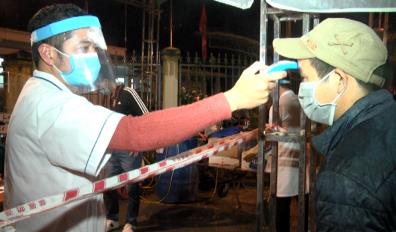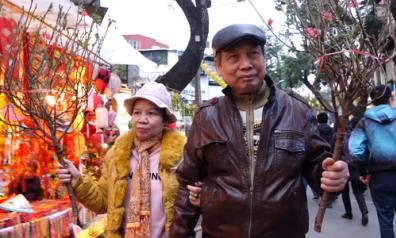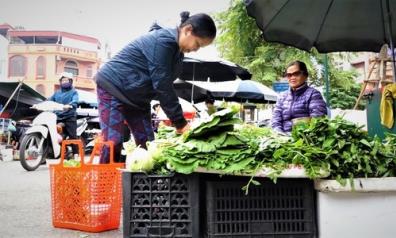Impact of catastrophic Agent Orange disaster still lingers
- Monday, August 9, 2021
Sixty years have passed since the US army dropped tens of millions of extremely toxic chemicals on various areas across the south of Vietnam, but their devastating impact still lingers, destroying the environment and claiming the lives of many generations of Agent Orange (AO) victims.
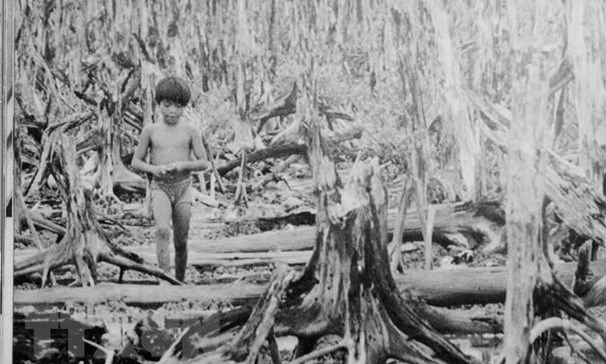
|
|
The impact of Agent Orange/dioxin that the US sprayed during the war in Vietnam still exists nowadays.
|


Other news

The countdown is on toward major milestones: the 80th anniversary of the founding of the Yen Bai Provincial Party Committee, the 20th Provincial Party Congress, and the 80th anniversary of National Day on September 2. On every construction site in Yen Bai, the atmosphere remains vibrant. This is not just a race against time, but a vivid testament to the province’s will for innovation, determined action, and aspiration for progress demonstrated by the entire political system and the people of Yen Bai.

In recent years, medical examination and treatment activities in Yen Bai Province have seen significant improvements thanks to the adoption of digital transformation. Healthcare institutions across the province have actively implemented information technology in delivering medical services and optimizing administrative procedures for outpatient and inpatient care. This has gradually enhanced the quality of treatment and contributed to better public health outcomes.

With the goal of maintaining achievements in polio eradication, eliminating neonatal tetanus, and preventing infectious diseases, Yen Bai province is implementing an expanded immunization plan across the province, aiming for high coverage and absolute safety for children, pregnant women, and high-risk groups.

In recent years, Yen Bai Province has frequently suffered severe consequences from natural disasters, particularly flash floods, mudslides, and landslides. To minimize disaster-related damages, installing automated rain gauge stations has become essential, providing accurate rainfall data by location and enabling early warning systems to reduce losses.


